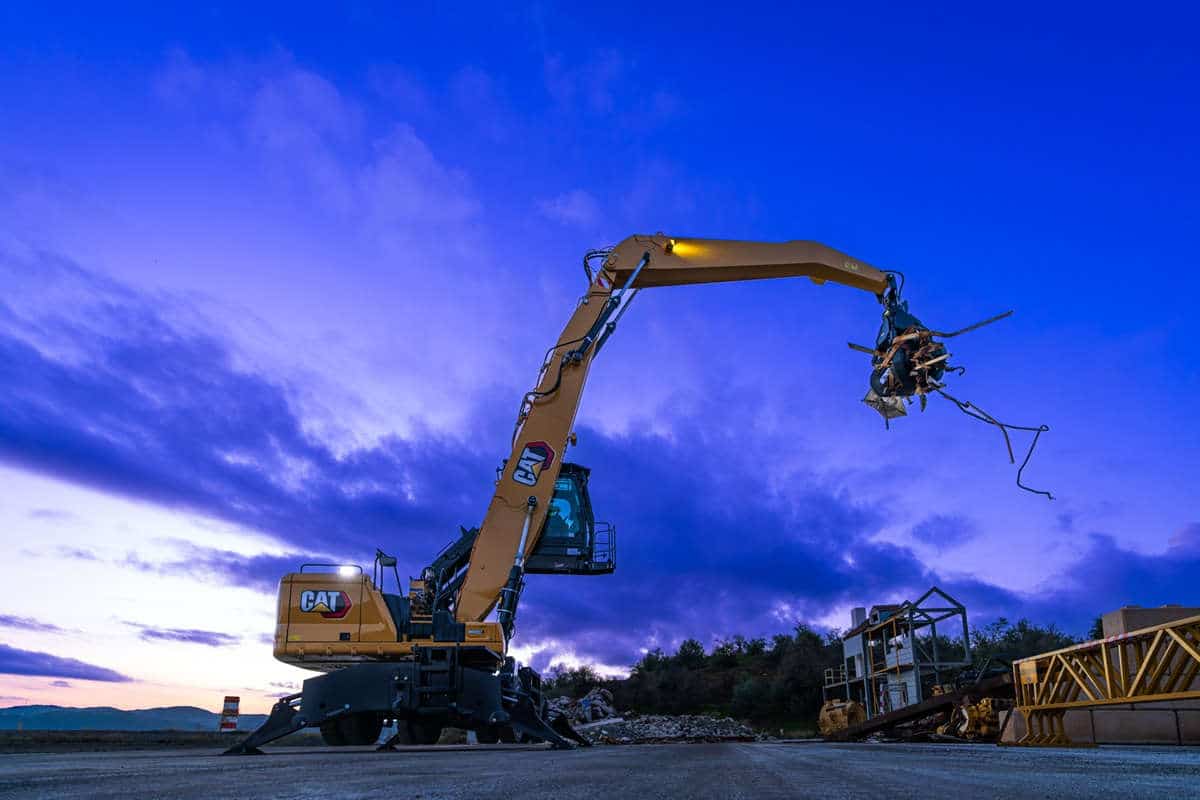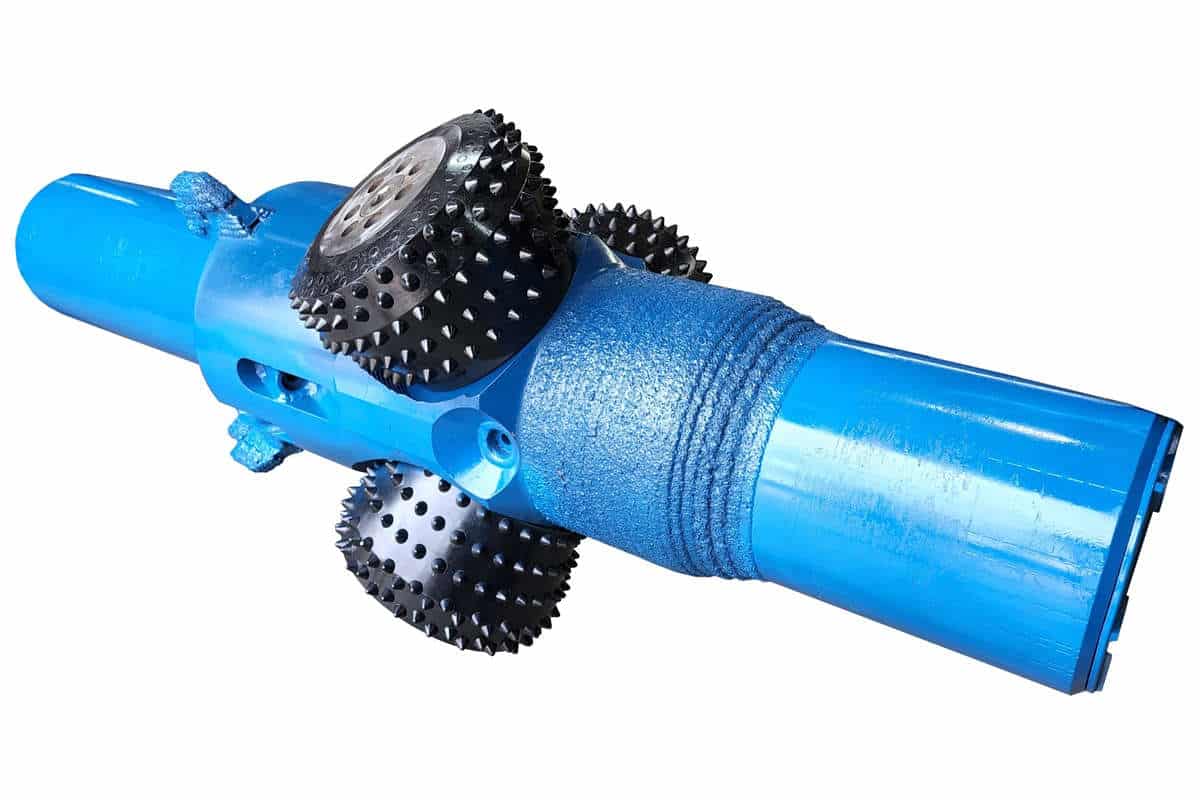Get the Most from Wheel Loaders With These Expert Tips

Utility Contractor talked with three wheel loader experts: Joe Turnage, Product Specialist with Terex Construction America; Chris Cline, Product Marketing Manager with John Deere; and Lucas Sardenberg, Product Marketing Consultant with Caterpillar. They gave us the low-down on how to maximize the benefits of these powerful machines.
What features should utility contractors look for when purchasing mid-sized wheel loaders?
TURNAGE: First and foremost, make sure the equipment is going to be adequate for 85 to 90 percent of your jobsite needs. Don’t sacrifice power, breakout force or anything else just to save a dollar. Productivity features are important in building a case for investment in order to meet on-site productivity requirements and project time constraints. Buy quality. A wheel loader needs to be durable and reliable, because downtime is expensive.
Select a machine that is easy and comfortable to operate in order to increase the operator’s productivity during the long hours he or she will be working. Such features include an ergonomic operator’s station, intuitive controls, a suspension seat and excellent visibility out of the cab’s windows.
Specifying a loader with higher travel speeds can increase productivity. The more miles per hour it can travel, the quicker the cycle times will be. In addition, boom speeds — how fast the boom goes up and down — also influence cycle times.
CLINE: It is important to focus on features that will increase productivity and uptime and reduce daily operating costs. For example, if you are operating on ramps or other inclines, look for a five-speed transmission, which will improve productivity and reduce fuel costs. With Tier 4 engines, a lot of manufacturers are using diesel oxidation catalysts (DOCs) and diesel particulate filters (DPFs) that require some type of regeneration to burn the ash. Be sure you understand how this system works. If it requires you to stop the machine for 30 minutes to do some type of regeneration, that will lead to downtime.
We have a passive regeneration system, such that, in most circumstances, the operator won’t have to take the machine out of service for regeneration.
Look for a machine with a good cooling system, and make sure it is easily accessible for cleaning and has a reversing fan to reduce the number of times you do have to clean it.
SARDENBERG: The main features underground utility customers should look for are reliability, versatility and safety. Usually, the wheel loader is used to support an excavator, which is digging the trench and laying pipe.
Reliability is very important, because the daily production would be severely impacted if the equipment is down, forcing crews to use the main excavator for support functions.
Versatility is important, so that customers don’t need to bring more than one machine for each required function. For example, a loader equipped with a quick-coupler can switch between forks (load/unload pallets, pipe and carry pipes) a bucket (prepare, screen and move bedding material) and other specialized tools as the jobsite dictates.
 What strategies do you recommend to help wheel loader operators make the most of their equipment?
What strategies do you recommend to help wheel loader operators make the most of their equipment?
TURNAGE: Look for a machine that is relatively easy to understand. If you are comfortable with the technology that’s under the hood, you can handle some small maintenance issues yourself and thus reduce overall cost and downtime. That is, select a wheel loader that is maintenance-friendly. Savvy contractors have started bringing their mechanics and service teams with them to trade shows and equipment demos to get their opinions on the serviceability of a machine before buying.
Make sure you understand all of the features that can help you maximize productivity. For example, features such as articulated center points, oscillating rear axles and rear-mounted engines allow operators to work on challenging jobsites. They provide a combination of speed and maneuverability, particularly in space-restrictive and sensitive turf environments.
SARDENBERG: Production on underground utility jobs can be measured different ways, but one of the most common is sections of pipe or yards of pipe placed per day. Equipment-wise, a good match between the excavator and the loader is key to ensure that both are operating at their best range when working together. Contractors and operators should: take full advantage of traction aid devices (such as limited-slip axles or differential locks) to avoid tire spinning; understand the tipping load capacity of the machine to avoid not being able to lift or carry specific loads, pipes, etc.; and make ample use of today’s fuel savings measures, such as auto-idle shutdown, fuel management systems or economy modes and engine idle management.
CLINE: My recommendation is to make sure the operator gets a good “walk around” from the dealer and reads the operator’s manual to understand all the different features. Some features we offer that operators really like are a good boom kick-out and return-to-carry and return-to-dig features. If they understand and use these properly, operators can save a lot of time, especially when they are doing truck loading. Deere was one of the first manufacturers to offer these features such that they are completely adjustable from the cab, instead of having to exit the cab to make the adjustments. Even today, though, a lot of operators don’t realize they can save time by adjusting them from within the cab.
 What kinds of maintenance practices will help to ensure long life for wheel loaders?
What kinds of maintenance practices will help to ensure long life for wheel loaders?
TURNAGE: The reliability and life expectancy of any piece of equipment, including wheel loaders, is largely influenced by regular care and maintenance. Set up a regular maintenance schedule, based on the manufacturer’s recommended guidelines that incorporate a timeline and personnel assignments for specific tasks to be completed.
- Daily: A lot of unexpected problems and costly downtime can be caught or prevented if owners/operators simply take 15 minutes before start-up each day to check fluids and the general condition of the machine, including checking for leaks. At the end of each day, while the loader is still warm, wash off dirt, dust, sand and other jobsite material that has accumulated and can contaminate the machine.
- Weekly: Weekly inspections should include checking the condition of the tires, tire pressure, tightness of wheel nuts, the axles and undercarriages, the bearing bushings and pins/bolts, the steering assembly, the brake functions and the function of all safety devices. Also clean the dust filter in the cab’s ventilation system. Dust accumulation in the filter can cause significant machine damage.
- Semi-Annually: The engine oil, engine oil filter and the fuel filter need to be changed. Also review what components have been failing and determine why, how and when they failed. These can be indications of larger problems, so they need to be addressed before they get to this point.
- Annually: The loader should receive a “once over” and other requirements that are identified in the maintenance manual.
SARDENBERG: With the emphasis on jobsite efficiency and cost, routine maintenance is one of the key elements of ensuring that equipment will perform to expectation and avoiding extra costs and delays.
Customers should emphasize the requirement for the walk-around inspection every morning and make ample use of machine telematics and onboard diagnostics, which are able to provide specific alerts when a potential issue is detected.
Relying on the local dealer to provide regular maintenance via a service plan can provide numerous benefits, such as scheduling per the jobsite requirements.
CLINE: It is important to do the daily walk-around and service checks, including greasing the machine. This also gives the operators a chance to look for problems such as leaks. Follow the OEM’s preventive maintenance schedule. It is also important to have a good oil sampling program so you can keep track of the trends and maybe head something off before it becomes serious.
William Atkinson is a Freelance Writer for Utility Contractor.

 What strategies do you recommend to help wheel loader operators make the most of their equipment?
What strategies do you recommend to help wheel loader operators make the most of their equipment? What kinds of maintenance practices will help to ensure long life for wheel loaders?
What kinds of maintenance practices will help to ensure long life for wheel loaders?


